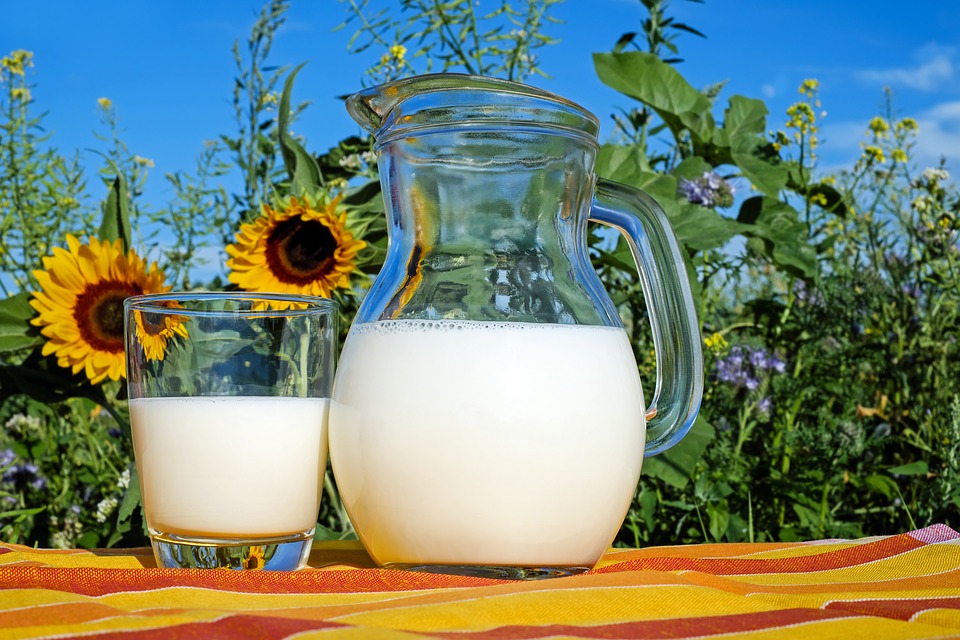Weaning of calves is an essential process for both the owners and the calves in a cattle farm. Because for ranchers it is a matter of gaining profit by producing as many calves as possible through enabling a cow to calve every year. For calves, it helps improve body condition by meeting their nutritional requirements. But this also can be a tough time for the little calves. They could get stressful and could even get health deteriorated because of early weaning. So what are the things to be considered before weaning? What are the mineral conditions that should be met prior to this process? Let have look at them.
Weaning of Calves
The timing is critical when it comes to weaning. Even though calves are ideally weaned around 7 to 8 months of age, the right time to wean a calf depends on the condition of the cow itself. Because if the cow is not nutritionally deprived, it has a higher chance of carrying a calf to term and also will stay healthy. You should also give proper vaccinations and also plan about adapting proper techniques. There are many weaving methods available- Traditional weaning where cow and calf are separated without any residual contact or Fenceline weaning where they are on opposite sides of a fence or even the Two-step weaning (At first the calf is prevented from sucking using plastic guard, or nose-flap, while still allowing them to drink and graze with the cow. In the second step they are separated through traditional weaning). You need to find the appropriate weaning method from the above.
Mineral Considerations Before Weaning
The mineral needs should be addressed at least 45 to 60 days prior to weaning. It is important because this helps the calves get prepared for the weaning without affecting its immunity and health. You need to test the samples of forage and water, to understand what are the present deficiencies and what can be done to improve them. The fact is that the mineral intake can differ from cattle to cattle and also depend on geographic and seasonal changes. So we need to find a proper mineral intake routine to get the best results. Make sure your cattle are taking adequate amount of salt. Because low salt minerals are necessary for high salinity areas to maintain sufficiently mineral consumption by the calves.
Both the macro minerals and trace minerals have an essential role in preparing the calves healthy for the weaning process. Phosphorous is a vital macromineral that is often given to calves before weaning. It aids to growth and cellular metabolism in them. Calcium is also provided to improve muscle contraction, blood clotting and the immune system. When we consider Trace minerals zinc and copper should be included in the feeding plan. Zinc not only improves the growth of skin, hooves but also helps in the lining of the reproductive organs. Copper gives better immunity. Also, iron, sulfur also should be included. Keep in mind that presence or absence of some minerals can cause secondary deficiency or antagonism. So mix up trace minerals with other mineral mixes to avoid these problems.
Make sure that all the minerals that you provide your calves are of better quality. Look at their ingredients and the sources of them. Don’t hesitate to get help from a local veterinarian or nutritionist in determining the proper mineral diet for the calves. Remember, high mineral intake means healthy calves ready for weaning.

